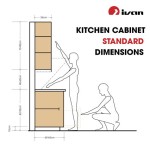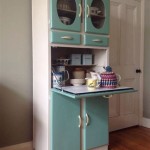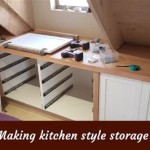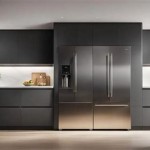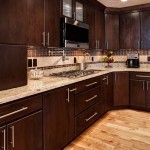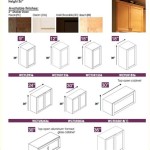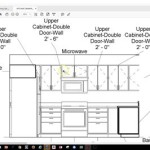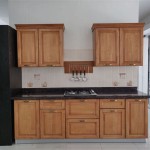Essential Aspects of Kitchen Cupboard Plate Racks
Plate racks are a crucial component of a well-organized and functional kitchen. They optimize storage space, prevent damage to delicate dishware, and enhance the overall aesthetics of your cabinetry. Understanding the essential aspects of plate racks can empower you to make an informed decision when selecting the perfect solution for your home.
Types of Plate Racks
Plate racks come in various designs, each with its unique advantages:
- Vertical Plate Racks: Mount vertically within cabinets, providing ample storage for plates, bowls, and platters. They maximize vertical space and keep dishware upright.
- Horizontal Plate Racks: Mount horizontally in drawers or on shelves, offering a wider surface area for storing plates. They allow for easy access and prevent plates from sliding around.
- Adjustable Plate Racks: Feature adjustable dividers that can be customized to accommodate plates of various sizes and shapes, providing flexibility in storage.
- Wall-Mounted Plate Racks: Mounted directly to walls, freeing up cabinet space for other items. They serve as both a storage solution and a decorative element.
Materials and Durability
The material of the plate rack plays a significant role in its durability and aesthetics:
- Stainless Steel: Durable and resistant to rust, making it a suitable choice for humid environments.
- Chrome: Corrosion-resistant and provides a shiny finish, complementing modern kitchen designs.
- Nickel: Strong and sturdy, offering a warm, silver-like appearance.
- Enamel: Durable and available in various colors, adding a touch of style to your kitchen.
Loading Capacity
Consider the weight capacity of the plate rack to ensure it adequately supports your dishware. Heavy-duty racks are ideal for storing large or heavy platters, while lighter racks may be more suitable for storing smaller plates and bowls.
Installation Considerations
The installation process of a plate rack is crucial for its proper function and longevity:
- Cabinet Modifications: Vertical plate racks may require drilling or cutting within cabinets for a secure fit.
- Drawer Modifications: Horizontal plate racks typically require modifications to the drawer to ensure a snug fit.
- Wall Mounting: Wall-mounted plate racks require sturdy support and precise installation to prevent wobbling or accidents.
- Customization: Some plate racks allow for customization, such as the ability to add additional dividers or adjust the height of shelves.
Maintenance and Care
Maintaining plate racks is essential for their longevity and hygiene:
- Wipe Clean: Regularly wipe down the plate rack with a damp cloth to remove dust and spills.
- Dishwashing: If possible, disassemble the rack and wash the components in the dishwasher for a thorough clean.
- Dry Thoroughly: Always dry the plate rack completely before reinstalling it to prevent moisture accumulation.
Conclusion
Understanding the essential aspects of kitchen cupboard plate racks empowers you to choose the perfect solution for your home. Consider the type of rack, material, loading capacity, installation requirements, and maintenance to ensure you invest in a durable, functional, and stylish storage solution for your precious dishware.

Solid Wood Oak Plate Rack Kitchen Racks Cabinets

Plate Rack With Storage Cupboard Each Side Murdoch Troon

How To Construct A Plate Rack Diy Kitchens Advice

Plate Racks Multiwood

Bringing Back A Classic 25 Trendy Ways To Add Plate Rack Decoist

Amazing Clever Plate Rack Designs For Your Kitchen

Upright Metal Dish Storage Drying Rack Cabinet Cupboard Plate Holders Organizer

Kitchen Drawer Rack Plate

3 Tier Kitchen Cupboard Plate Holder And Storage Rack Diy At B Q

Stainless Steel Cupboard Dish Rack 600 900mm Standard Cabinet Width
Related Posts

